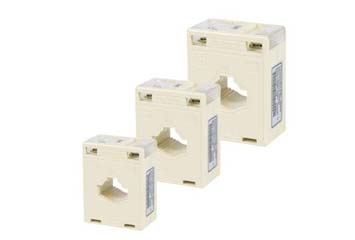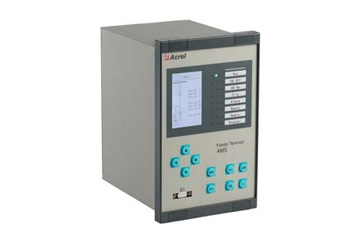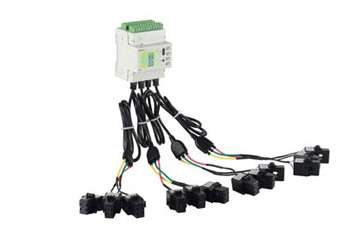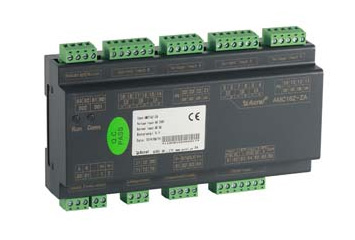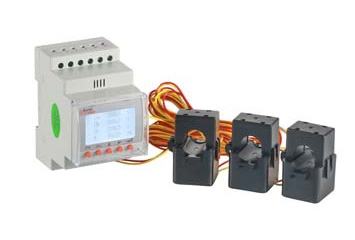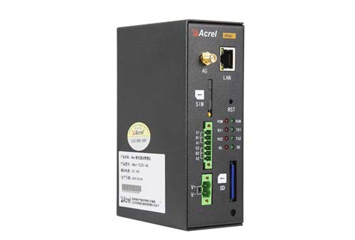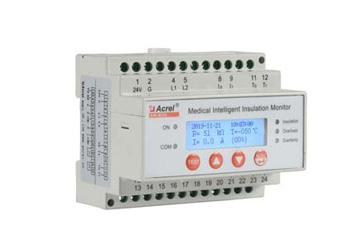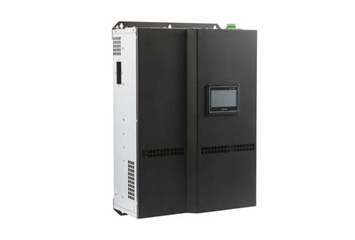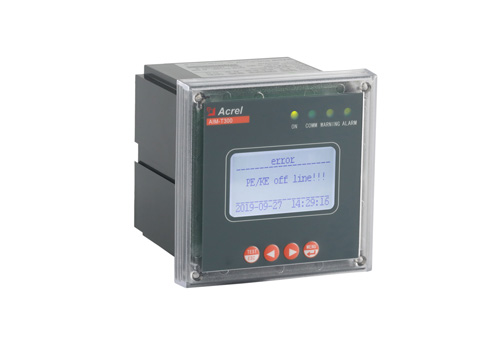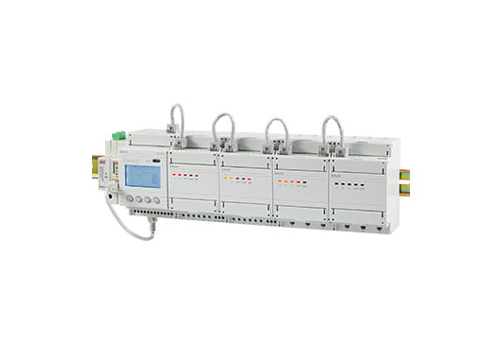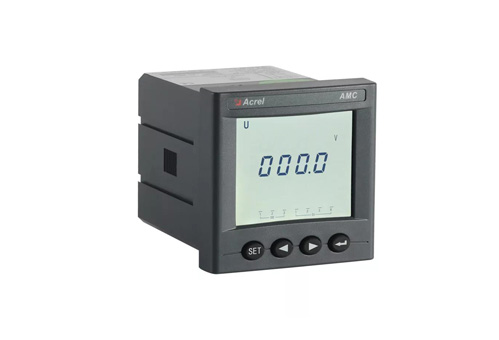Electric Motor Protection Device has a complete set of motor protection measures, including over-current protection, overload protection, overheat protection, blocked-rotor protection, long startup protection, phase-loss protection, current imbalance protection, low-voltage protection and over-voltage protection. It also has functions such as measurement, monitoring, operation, fault recording, and communication. Users can choose to enable or disable these functions according to their needs.
Over-current protection of electric motor protection devices
The over-current protection in the electric motor protection devices is mainly used for short-circuit protection inside the motor and incoming line protection. It is mainly divided into start-up over-current protection, running over-current first-stage protection, running over-current second-stage protection, and inverse time limit over-current protection. Asynchronous motors have high currents during the start-up process, usually reaching 5-8 times the rated current, and the start-up time can last for several tens of seconds. The device sets two first-stage over-current values. During the start-up process, the "start-up first-stage over-current value" is used, which is set according to the motor's start-up current. After the motor start-up process ends, the "running first-stage over-current value" is used, which considers the motor's self-starting current and the feedback current of the motor when external short-circuits occur, and takes the larger value between the two currents.
Overheat protection of electric motor protection devices
The overheat protection calculates the motor's thermal capacity during operation to protect it from shortening its lifespan or being damaged due to overheating. Overload, long start-up time, and blocked-rotor conditions can result in a large positive-sequence current. However, when phase-loss, unbalanced short-circuits or input voltage asymmetry occurs, large positive-sequence and negative-sequence currents are generated simultaneously. Based on the thermal overload characteristics caused by the motor's positive-sequence and negative-sequence currents in the stator, the above faults can be protected.
Blocked-rotor protection of electric motor protection devices
The blocked-rotor protection prevents the motor from burning out due to sudden current surges caused by rotor blockage during operation, which may occur when rolling bearings break or load torque suddenly increases. The blocked-rotor protection is locked during the motor start-up process and is only reasonable after the motor enters the operating state. In a sense, the blocked-rotor protection of the electric motor protection devices can serve as a backup protection for short-circuit protection during motor operation. If any phase of the motor's three-phase current exceeds the blocked-rotor current setting value and a low-speed signal input is present, the protection will trip after the set delay time.
Long startup protection of electric motor protection devices
After normal start-up, the motor's operating current will be lower than the rated value or near the rated value. If the startup time is prolonged, the motor's operating current will remain at a large value (generally due to mechanical reasons) even after the startup time has passed. The motor protection device can automatically identify whether the current process is a startup process. If so, when the set startup time is reached and the three-phase current of the motor is still greater than the first-stage over-current setting value, the protection will trip.
Phase-loss protection of electric motor protection devices
The phase-loss protection is to prevent the motor from running with two phases due to a broken line and causing overheating and burnout. The phase-loss protection function detects the circuit voltage to determine whether there is a phase-loss fault in the motor circuit. When a phase-loss fault is detected, the phase-loss protection function starts and triggers a delay to issue a trip command after the set delay time.
Current imbalance protection of electric motor protection devices
The current imbalance protection is to prevent the motor from overheating due to current imbalance. When the current imbalance degree exceeds the set value during motor operation, the device will trip or alarm after a delay.
Low-voltage protection of electric motor protection devices
When the motor operates at low voltage, the torque drops sharply, causing the motor to be seriously overloaded. Therefore, a low-voltage protection is set up. When all three-phase voltages are lower than the set value of the low-voltage trip/alarm, the device will trip or alarm after a delay. To prevent the protection from malfunctioning due to PT wire breakage, there is a PT wire breakage interlock. When the PT wire breaks, the device will issue a warning signal and lock the pressure-loss protection. The locking condition can be selected to be enabled or disabled. The electric motor protection devices can also be set to include the position switch as a condition for determining pressure loss. In addition, the device can select when to remove the low-voltage fault information based on the user's usage scenario. If the low-voltage threshold value is enabled/disabled, the protection action can return when the device voltage is lower than the no-pressure set value or the device voltage needs to return to normal before the fault information can be cleared.
 English
English
